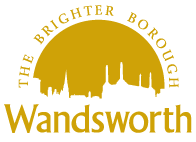Press Releases
To generate editorial coverage for the festival, we will write and distribute dedicated WAF press releases. These will promote the Fringe programme as a whole, inviting journalists to find out more about the single events.
You will need to coordinate your own PR campaign to secure editorial coverage for your own event. Write a press release to send it to journalists. You will need to create a ‘story’ – a ‘hook’ that will generate their interest.
It is also a good idea to build relationships with journalists, don’t just email – call if possible, and invite them to your event to create long-term relationships. A small list of genuinely interested journalists who will support your project usually gets much better results than a long list of people who don’t know you or your work.
Once you've registered for Wandsworth Arts Fringe we will share with you a local culture press list to contact in April 2024 - if you haven't received this, email us at arts@wandsworth.gov.uk





